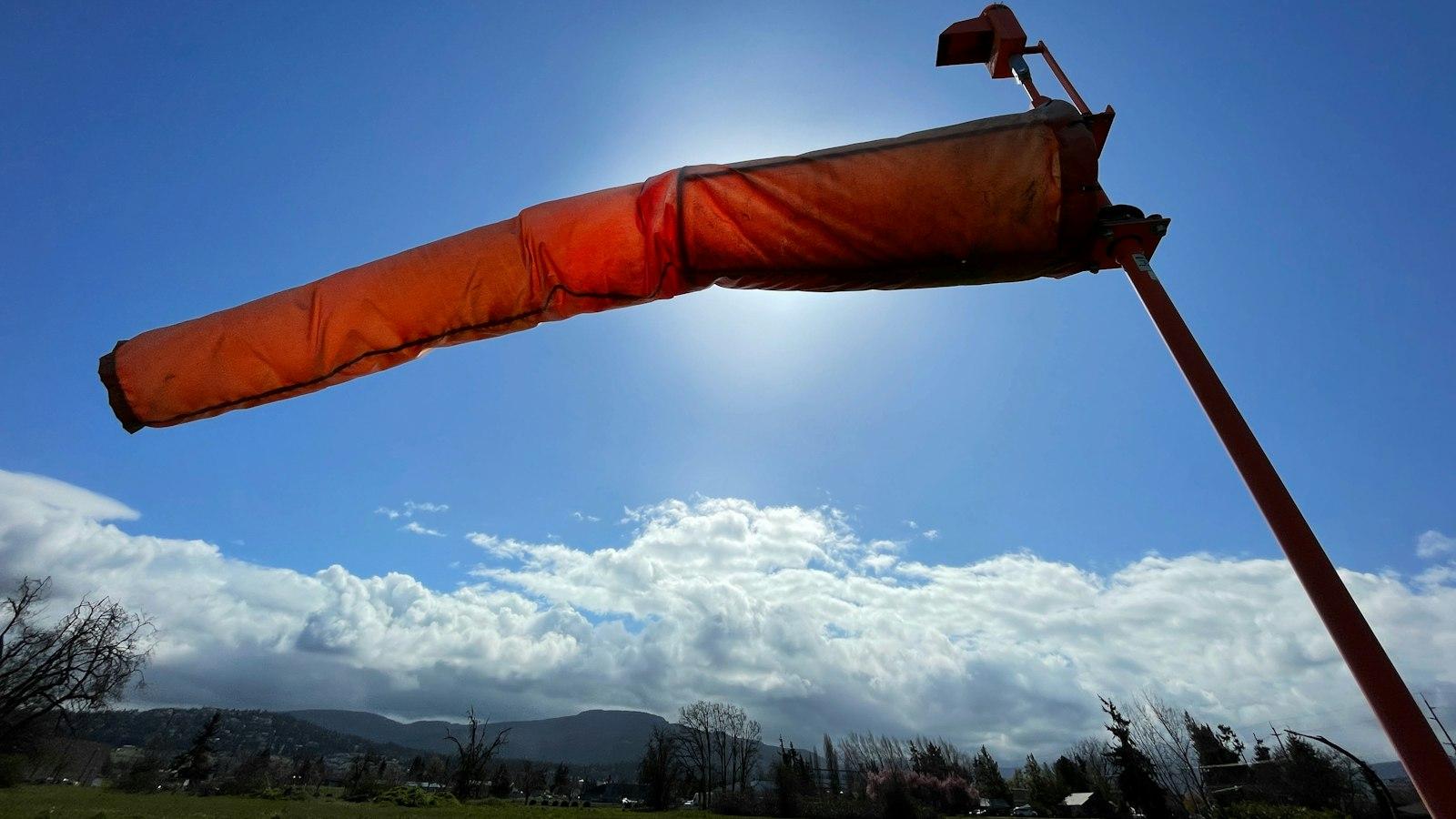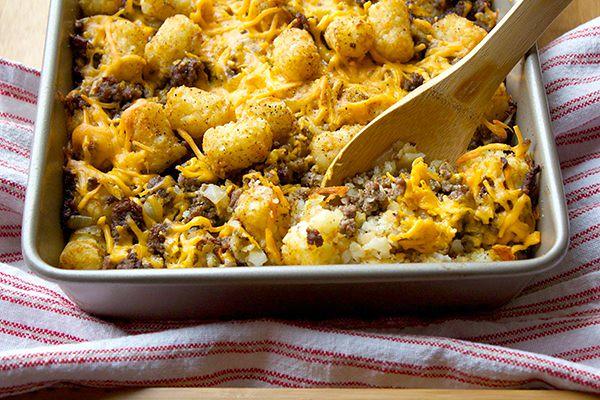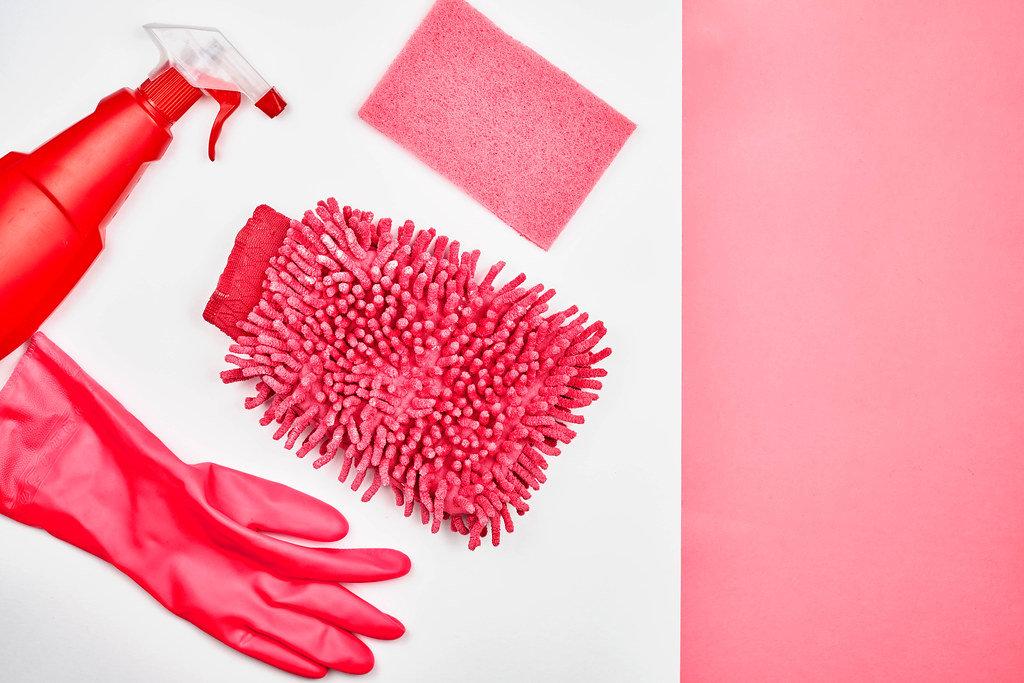
Pressure cookers are incredibly versatile kitchen appliances that can revolutionize your cooking experience. From decreasing cooking time to preserving nutrients and flavors, these handy devices have become a popular choice among culinary enthusiasts. Whether you are a pressure cooking novice or someone looking to brush up on their skills, this article will guide you through the efficient and effective use of a pressure cooker. Unveiling the secrets behind mastering this appliance, we will explore the steps, techniques, and tips necessary to create delectable meals effortlessly. So, let’s dive in and discover how to harness the power of a pressure cooker to elevate your culinary adventures.
Introduction to Pressure Cookers
Pressure cookers are a versatile and efficient kitchen tool that can help you save time and create delicious meals. Whether you’re a seasoned chef or a beginner in the kitchen, learning how to use a pressure cooker can elevate your cooking game to a whole new level. In this post, we’ll guide you through the process of using a pressure cooker, from understanding its basic components to mastering essential techniques.
Before diving into the world of pressure cooking, it’s important to understand the basic components of a pressure cooker. A typical pressure cooker consists of a pot, a locking lid, a pressure release valve, and a pressure gauge. The pot is where you’ll place your ingredients, while the locking lid ensures a tight seal to maintain high pressure inside. The pressure release valve allows you to release steam when necessary, while the pressure gauge indicates the pressure level inside the cooker.
To start using your pressure cooker, begin by adding the desired amount of liquid to the pot. This liquid is essential for creating the steam that builds up pressure and cooks your food quickly. Most recipes recommend using at least one cup of liquid, such as water, broth, or wine. It’s crucial not to overfill the pot, as this can impede the pressure building process.
Next, it’s time to add the ingredients to the pot. You can choose to cook a variety of dishes in a pressure cooker, from soups and stews to grains and meats. Cut your ingredients into small, evenly-sized pieces to ensure they cook evenly and thoroughly. It’s also important to season your food at this stage, as pressure cooking can intensify flavors. Don’t forget to secure the lid tightly on the pot before moving on to the next step.
Once your ingredients are in the pot and the lid is securely locked, it’s time to bring the pressure cooker up to pressure. Place the cooker on the stove over medium-high heat. As the liquid inside begins to heat up, steam will form, and pressure will gradually build up. You’ll know the pressure has reached the desired level when the pressure gauge indicates the appropriate pressure for your recipe.
When the pressure has been reached, it’s time to start the cooking process. Lower the heat to maintain a steady pressure and set a timer for the required cooking time. Different recipes and ingredients will have varying cooking times, so it’s essential to follow the instructions closely. Remember to adjust the heat as needed to maintain the desired pressure level throughout the cooking process.
Once the cooking time is up, it’s important to release the pressure before opening the lid. There are two main methods of releasing pressure from a pressure cooker: the natural release method and the quick release method. The natural release method involves turning off the heat and allowing the pressure to decrease naturally over time. The quick release method, on the other hand, involves manually releasing the pressure using the pressure release valve. Be cautious when using the quick release method, as hot steam can escape rapidly.
In conclusion, pressure cookers are a valuable addition to any kitchen, offering a fast and efficient way to cook a wide range of dishes. By understanding the basic components and following the essential techniques, you can confidently use a pressure cooker to create flavorful meals in no time. So why not give it a try and experience the many benefits of pressure cooking for yourself?

Understanding the Basic Mechanism of a Pressure Cooker
A pressure cooker is a versatile and efficient kitchen appliance that can make cooking faster and easier. By , you can confidently use it to prepare delicious meals in no time. Here, we will discuss the main components and functioning of a pressure cooker, as well as some safety precautions to keep in mind.
Components of a Pressure Cooker:
- Lid: The lid of a pressure cooker is designed to securely seal the pot, allowing pressure to build up inside.
- Pressure release valve: This valve enables you to control the pressure inside the cooker. It should be set to the desired pressure level before cooking.
- Pressure indicator: The pressure indicator shows the pressure level inside the cooker. It rises as pressure builds up and allows you to monitor the cooking process.
- Gasket or sealing ring: The gasket is a crucial component that ensures a tight seal between the lid and the pot, preventing steam from escaping.
- Cooking pot: The pot is where you place your ingredients for cooking. It is usually made of stainless steel or aluminum.
How Does it Work?
When heat is applied to the pressure cooker, the liquid inside the pot starts to boil and produces steam. As the steam builds up, it increases the pressure inside the cooker, raising the boiling point of water and accelerating the cooking process. The trapped steam also helps to tenderize tough cuts of meat and lock in flavors.Safety Precautions:
- Never overfill the pressure cooker beyond the recommended capacity, as it may obstruct the pressure release valve and cause accidents.
- Avoid opening the pressure cooker when it is still under pressure. Always release the pressure completely before opening the lid.
- Read the manufacturer’s instructions carefully and follow them closely to ensure safe operation.
- Regularly inspect and replace the gasket if it shows signs of wear and tear.
- Keep the pressure release valve clean and free from debris to ensure proper functioning.
Benefits of Using a Pressure Cooker:
- Saves time: Pressure cookers cook food much faster than traditional methods, reducing cooking time by up to 70%.
- Retains nutrients: The shorter cooking time helps to retain more nutrients in the food, making it a healthier cooking option.
- Energy-efficient: Pressure cookers use less energy as they cook food quickly with the help of trapped steam.
- Versatile: Pressure cookers can be used for a wide range of cooking methods, including steaming, boiling, and braising.
Maintenance and Care:
- Clean the pressure cooker thoroughly after each use to prevent buildup and ensure optimal performance.
- Remove and clean the gasket separately to maintain its longevity and prevent any unpleasant odors.
- Check the pressure release valve periodically to ensure it moves freely and is not clogged.
- Store the pressure cooker with the lid inverted to prevent the gasket from getting compressed and losing its shape.
By and following the necessary safety precautions, you can confidently use this kitchen appliance to create delicious and nutritious meals with ease. Whether you’re a beginner or an experienced cook, a pressure cooker can be a valuable addition to your kitchen arsenal.

Step-by-Step Guide to Operating a Pressure Cooker Safely
Cooking with a pressure cooker can be a time-saving and efficient way to prepare meals. However, it’s important to operate it safely to prevent accidents and ensure delicious results. In this step-by-step guide, we will walk you through the process of using a pressure cooker safely and effectively.
<h2>Step 1: Read the Instruction Manual</h2>
<p>Before using your pressure cooker, it's crucial to familiarize yourself with the instruction manual. Different pressure cookers may have specific guidelines and features, so make sure to read and understand the manufacturer's instructions. This will help you use the appliance correctly and avoid any potential problems.</p>
<h2>Step 2: Check the Pressure Release Valve</h2>
<p>Before cooking, always ensure that the pressure release valve is in good condition. This valve helps regulate the pressure inside the cooker. A faulty valve can lead to dangerous pressure buildup. Give it a quick visual inspection and make sure it moves freely. If you notice any issues, contact the manufacturer for assistance.</p>
<h2>Step 3: Add Liquid and Ingredients</h2>
<p>When preparing a recipe in a pressure cooker, it's important to include enough liquid for the cooking process. Most recipes require at least one cup of liquid to create steam and build pressure. Make sure to check the recipe instructions and add the appropriate amount of liquid as specified. Also, ensure that the ingredients are evenly distributed in the cooker for even cooking.</p>
<h2>Step 4: Seal the Lid and Select Cooking Settings</h2>
<p>Once the ingredients and liquid are in the pressure cooker, securely close the lid. Check if the sealing ring is intact and properly positioned. This ensures a tight seal and prevents steam from escaping. Next, choose the appropriate cooking setting on your pressure cooker based on the recipe instructions. Common settings include high pressure, low pressure, and different cooking times.</p>
<h2>Step 5: Safety Precautions when Opening the Cooker</h2>
<p>When the cooking time is complete, it's crucial to release the pressure safely before opening the cooker. Follow the manufacturer's guidelines for releasing pressure, whether it's a quick release or natural release method. Always use caution when handling the pressure cooker and avoid opening it until all pressure is released. Once the pressure is released, carefully open the lid away from your face to prevent any steam burns.</p>
Exploring Recipes and Tips to Optimize Your Pressure Cooking Experience
Are you ready to revolutionize your cooking experience? Look no further than a pressure cooker! This versatile kitchen appliance can help you prepare delicious meals in a fraction of the time compared to traditional cooking methods. In this article, we will explore the ins and outs of using a pressure cooker, including tips and tricks to optimize your experience.
1. Choosing the right pressure cooker:
Before you dive into pressure cooking, it’s important to select the right pressure cooker for your needs. There are two main types: stovetop pressure cookers and electric pressure cookers. Stovetop options are known for their durability and high heat, while electric models offer convenient features like programmable settings. Whichever you choose, make sure to select a size that fits your regular batch sizes and has a reliable pressure release valve.
2. Familiarize yourself with pressure cooking basics:
Understanding the basics of pressure cooking is crucial for a successful experience. Start by reading the instruction manual thoroughly. Key concepts to grasp include the importance of liquid volume, pressure release methods, and cooking time adjustments. Keep in mind that pressure cooking requires less liquid compared to traditional cooking methods, as it relies on steam trapped inside to build pressure and cook the food.
3. Mastering essential pressure cooking techniques:
Now that you have the basics down, let’s explore some essential pressure cooking techniques. One of the most popular techniques is “pot-in-pot” cooking, where you cook separate dishes simultaneously by using stackable containers inside the pressure cooker. This allows you to prepare a main course and a side dish simultaneously. Additionally, pressure cooking is ideal for making hearty stews, soups, and tender meats. Experiment with different recipes and techniques to expand your repertoire.
4. Safety precautions and maintenance:
While pressure cookers are generally safe, it’s important to follow safety precautions to prevent any mishaps. Always ensure the pressure release valve is clear of any blockages and monitor the pressure level during cooking. Avoid touching the hot surfaces without proper protection, and be cautious when releasing the pressure after cooking. Regular maintenance, such as cleaning the valve and gasket, is also crucial to keep your pressure cooker functioning optimally.
5. Troubleshooting common issues:
Even the most experienced pressure cooker users encounter the occasional hiccup. If you experience issues like food sticking to the bottom or excessive steam release, don’t fret! There are simple solutions to commonly encountered problems. For instance, using a higher heat setting may cause food to stick, so adjust your heat accordingly. To control steam release, adjust the pressure release valve carefully, and if necessary, consult the manufacturer’s troubleshooting guide for specific issues.

Cleaning and Maintenance Tips for Prolonged Pressure Cooker Use
Keeping your pressure cooker clean and well-maintained is essential for its longevity and optimal performance. Here are some useful tips to help you prolong the life of your pressure cooker:
1. Clean It After Every Use
After each use, it’s important to clean your pressure cooker thoroughly to remove any food particles or residue. Start by removing the lid and releasing any remaining pressure. Wash the inner pot, lid, and gasket with warm soapy water. Use a soft sponge or brush to scrub away any stubborn stains.
2. Pay Attention to the Gasket
The gasket, or sealing ring, is a crucial component of your pressure cooker. It helps create an airtight seal, ensuring efficient cooking. Regularly check the gasket for any signs of wear, tear, or damage. If needed, replace it to maintain the cooker’s effectiveness and safety.
3. Descaling to Prevent Mineral Build-Up
If you live in an area with hard water, mineral deposits can accumulate in your pressure cooker over time. To prevent this build-up, descale the cooker periodically. Mix equal parts of water and white vinegar, and pour the solution into the cooker. Bring it to a boil, then let it cool before rinsing thoroughly.
4. Handle With Care
Handle your pressure cooker gently to avoid any accidental damage. Avoid using metal utensils when stirring or serving, as they may scratch the non-stick coating. Always ensure that the pressure release valve and safety locking feature are functioning properly before every use.
5. Store Properly
When not in use, store your pressure cooker in a cool, dry place. Avoid stacking heavy objects on top of it, as this could cause dents or other damage. Keeping your cooker in good condition during storage will help extend its lifespan and ensure it is ready for use whenever you need it.
| Tip | Description |
|---|---|
| Useful Accessories | Invest in a set of additional accessories, such as a steamer basket or trivet, to expand the versatility of your pressure cooker. |
| Regular Inspections | Periodically check the pressure release valve, handle, and other parts for any signs of damage or wear. Promptly replace any faulty components. |
| Cooking Times | Refer to the manufacturer’s instructions or reliable pressure cooker recipes to ensure you’re cooking various ingredients for the correct amount of time. |
By following these cleaning and maintenance tips, you can ensure that your pressure cooker remains in excellent condition, allowing you to enjoy delicious, fuss-free meals for many years to come.
Q&A
Q: What is a pressure cooker?
A: A pressure cooker is a kitchen appliance used to cook food faster by utilizing high-pressure steam. It consists of a sealed pot that traps steam, allowing it to build pressure and raise the boiling point of water.
Q: Why should I use a pressure cooker?
A: Pressure cookers are known for reducing cooking times, sometimes up to 70%. Additionally, they preserve the nutrients in food better than traditional cooking methods and can be used to prepare a wide range of dishes.
Q: How do I choose the right pressure cooker?
A: When selecting a pressure cooker, consider factors such as capacity, material, safety features, and ease of use. Opt for a size that suits your cooking needs and check for safety features like secure locking mechanisms and pressure release valves.
Q: How do I use a pressure cooker safely?
A: Always read the instruction manual before operating a pressure cooker. Ensure that the rubber sealing ring is in good condition and correctly placed. Always release pressure and allow the cooker to cool down before opening the lid. Never force open a locked pressure cooker.
Q: Are there any precautions I should take while using a pressure cooker?
A: Yes, there are a few precautions. Never overfill the pressure cooker beyond its recommended capacity. Use enough liquid to create steam and avoid ingredients that could cause clogging. Position the pressure cooker on a stable, flat surface and keep children away from the hot appliance.
Q: How do I start cooking with a pressure cooker?
A: Begin by adding the necessary ingredients and recommended amount of liquid to the pressure cooker. Close the lid, making sure it locks securely. Select the cooking time and pressure level based on your recipe. Then, turn on the heat and wait for the pressure to build up.
Q: How do I release pressure from a pressure cooker?
A: Most pressure cookers offer two methods of releasing pressure: natural release and quick release. Natural release involves turning off the heat and allowing the pressure to dissipate on its own over time. Quick release is done manually by carefully opening the pressure release valve.
Q: Can I open the pressure cooker right after releasing pressure?
A: No, it is crucial to wait until all the pressure has been released before attempting to open the pressure cooker. Opening it prematurely can cause serious burns from the steam or result in food explosions.
Q: How should I clean and maintain my pressure cooker?
A: After each use, wash the pressure cooker thoroughly with warm soapy water. Remove and clean the sealing ring, valve, and any attached accessories. Regularly check and replace damaged or worn-out parts to ensure the safety and effectiveness of your pressure cooker.
Q: What are some popular dishes I can cook using a pressure cooker?
A: Pressure cookers are versatile and can be used to prepare a wide variety of dishes. Some popular ones include soups, stews, beans and lentils, risottos, roasts, steamed vegetables, and even desserts like cheesecakes. The options are virtually endless! In conclusion, using a pressure cooker can significantly simplify your cooking experience, while also retaining the nutritional value and enhancing the flavors of your favorite dishes. With its ability to cook food up to 70% faster compared to traditional methods, the pressure cooker has become an indispensable tool for many kitchens. By following a few simple steps, you can enjoy the benefits of this versatile appliance and experiment with a wide range of recipes. Remember to always read the manufacturer’s instructions, take necessary precautions, and regulate the pressure settings accordingly. Whether you’re a seasoned chef or a beginner in the kitchen, the pressure cooker will undoubtedly become your go-to gadget for preparing delicious meals in no time. Embrace the efficiency and discover a whole new world of flavors with the remarkable pressure cooker. Happy cooking!






